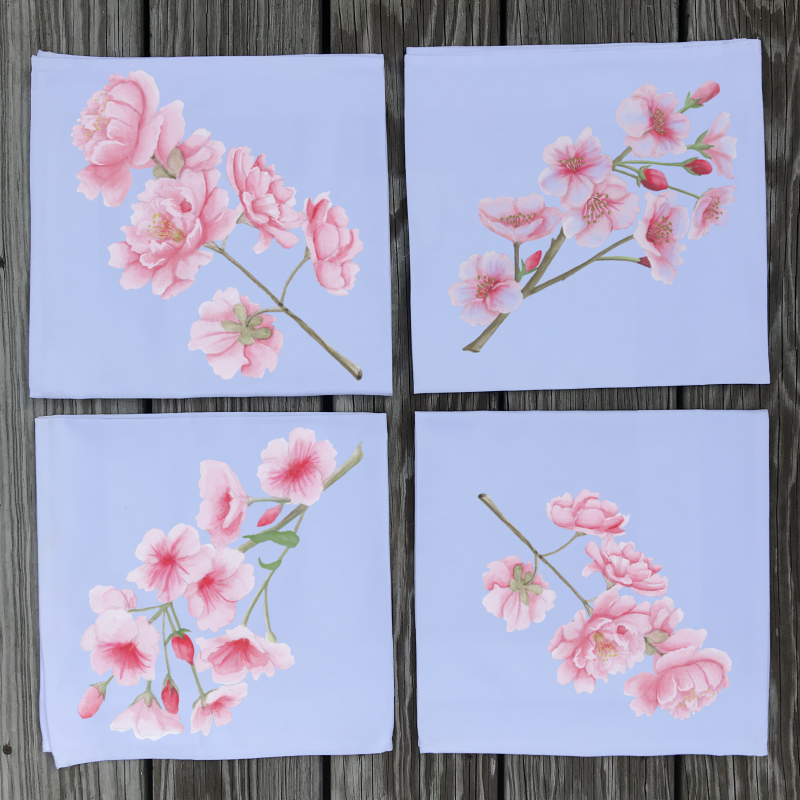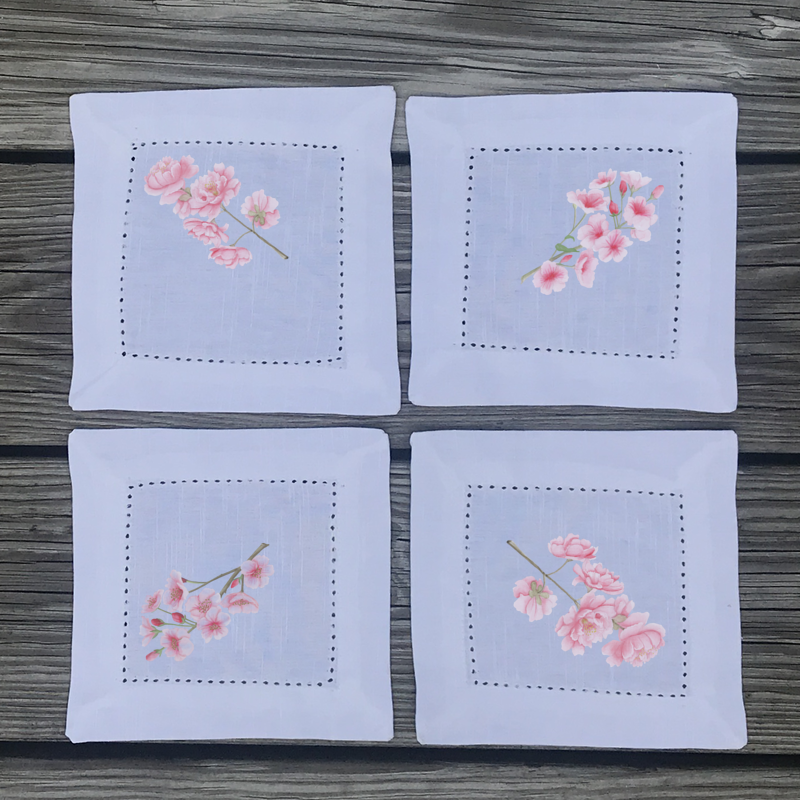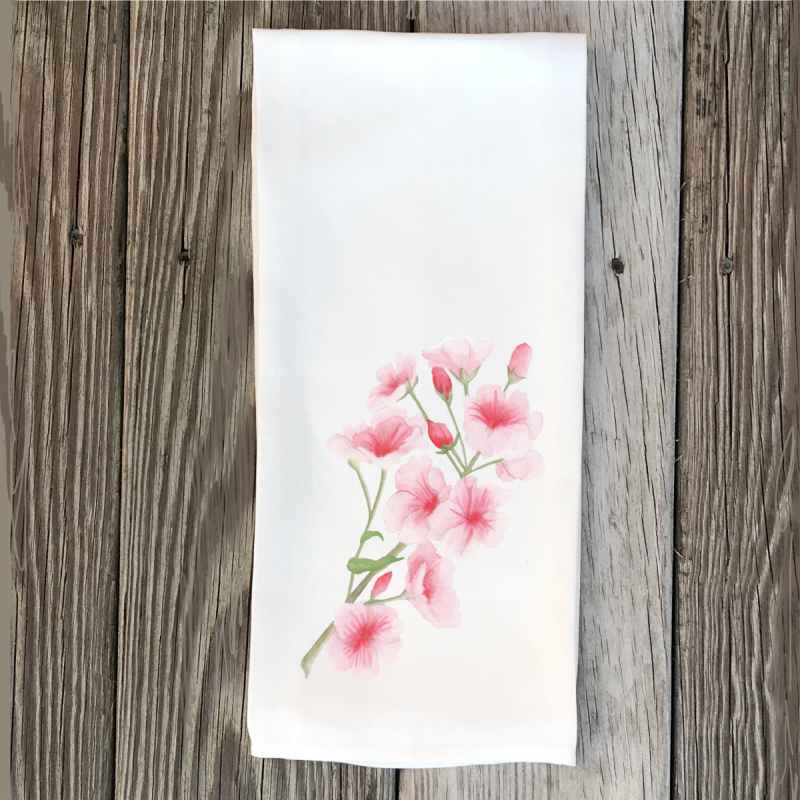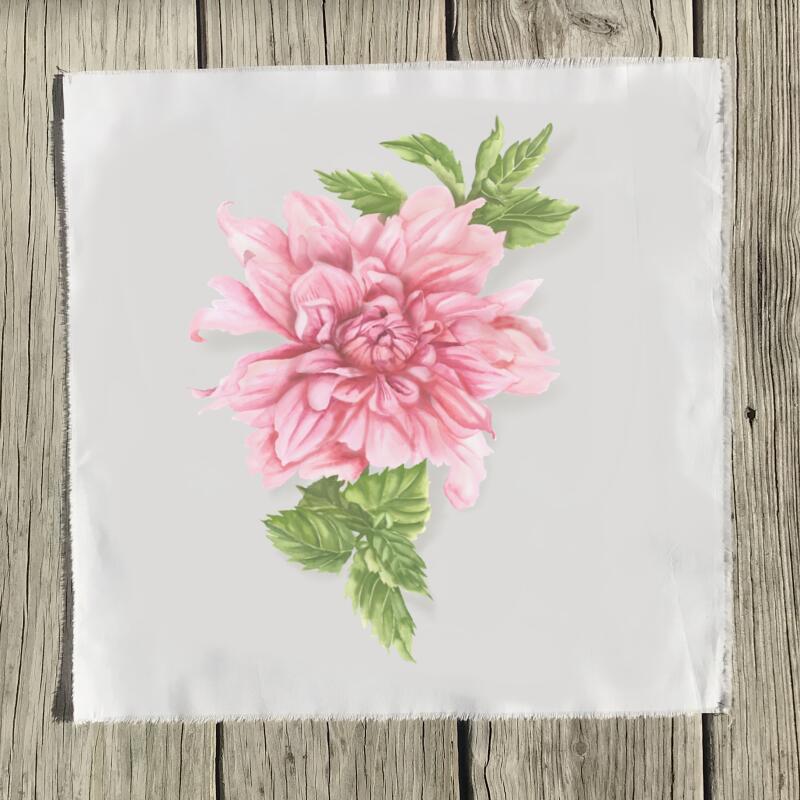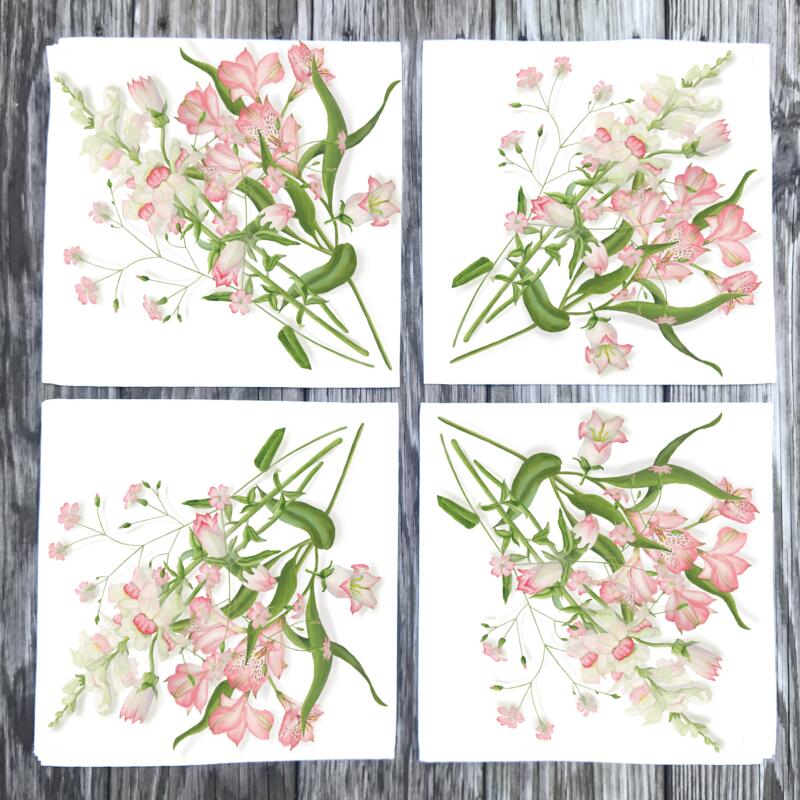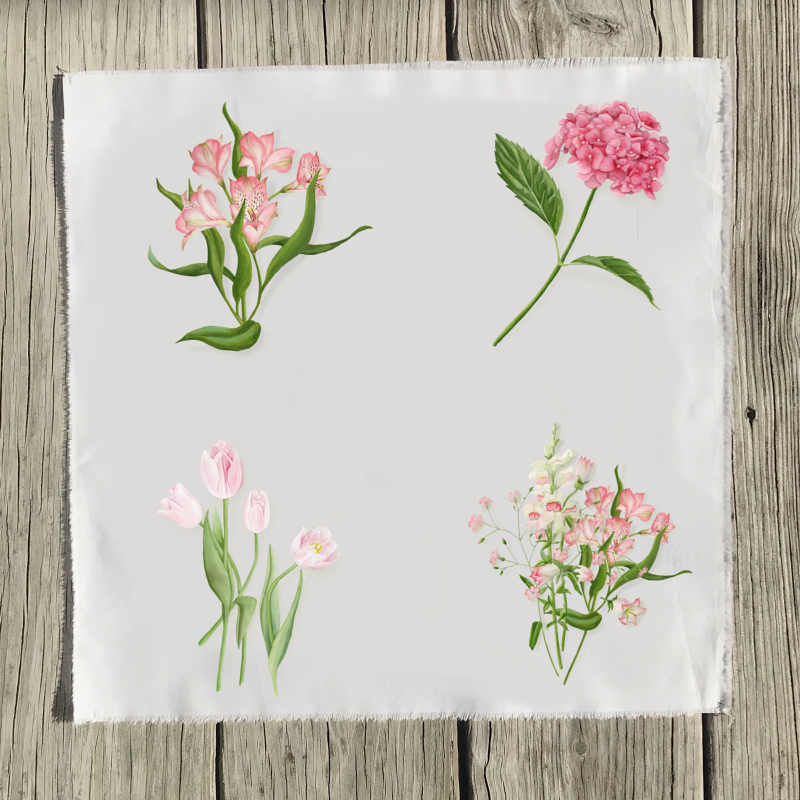
Pale Pink Tulip Duo Quilt Square
A large quilt square of 100% Kona Cotton
Soft and romantic, this quilt square features Lori Betts’ watercolor rendering of two pale pink tulips with graceful green stems. A symbol of springtime renewal and gentle beauty, the design adds a delicate floral touch to quilting and craft projects.
Printed on 100% Kona Cotton, this large quilt square is durable, versatile, and perfect for floral-inspired quilts, wall hangings, or custom home décor.
Material: 100% White Kona Cotton smooth hand, great stitch definition
Size: 14“ x 15“
Care: Machine washable for easy care
Ideal as a feature block, pillow front, mini quilt, or tote panel
Unfinished/raw edges—ready for piecing (not hemmed)
Digitally printed artwork by Lori Betts; crisp and colorfast
Quilt Square Large, Part of my Spring Florals collection with signed original artwork Pale Pink Tulip Pair “A“
Similar
My designs are all from original watercolor artwork. Images are best representation of actual products. Colour may vary depending on the media you are viewing (printed, phone, computer monitor etc...). There can also be slight variations in colour during the production process due to the natural fabrics in use.

